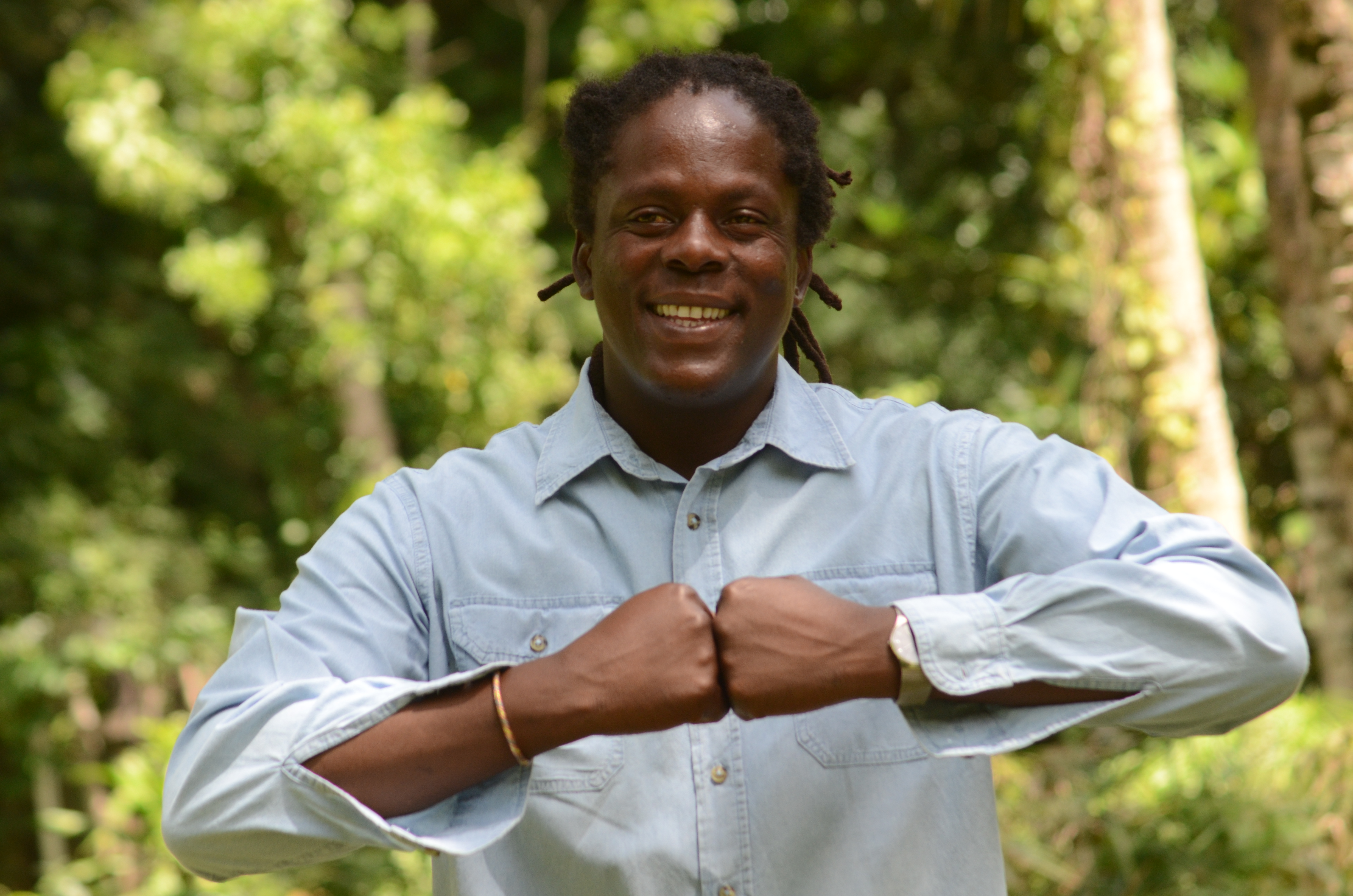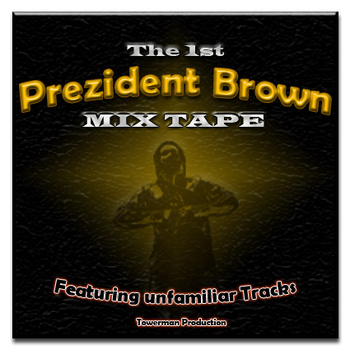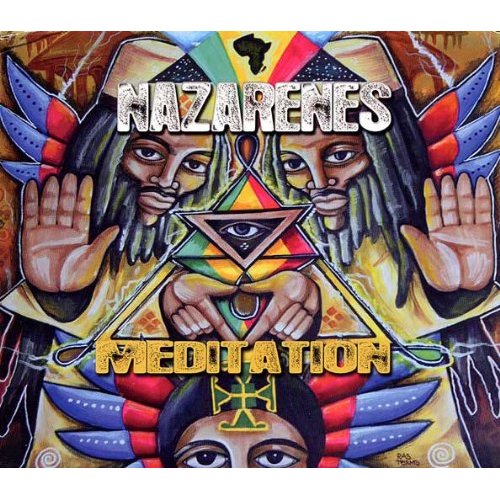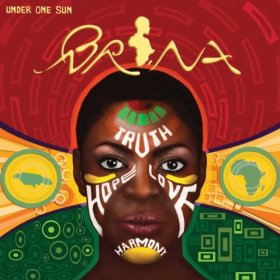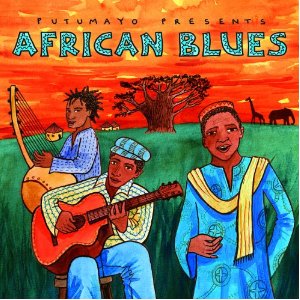“I don’t think enough people look at Bob Marley’s European audience and ask: what is that all about?” Gregory Stephens tells me one sunny day outside of his El Cerrito, California home, “And what does that mean about cultural ownership?”
Gregory Stephens, who was raised in a devout Christian family in West Texas, has always had an interest in race relations. First sparked by an over-the-top performance by George Clinton and the P-Funk All-Stars in Pennsylvania and maintained by his involvement in the Austin music scene, he questioned the role race plays in American culture, “The lead singer [of our band] was Afro-American, the back-up singer was Filipina, the bassist was from Argentina, the drummer was a Jew from South Africa. It was a totally mixed band and the audience looked like us, but we were playing what people called ‘black music,’ so that was one thing that got my mind working, thinking, ‘Just what does it mean to call something by its racial termÛblack music?’”
Having settled down and started a family with a Southern black woman, Gregory now faces the dilemmas of how to raise his two biracial children in modern American society. He mentioned the importance of the central figures in his latest book, “On Racial Frontiers: The New Culture of Frederick Douglass, Ralph Ellison and Bob Marley” [Cambridge University Press] whose portraits cover the walls in his house, as important new “integrative ancestors.”
Currently a Visiting Assistant Professor of Human Relations at the University of Oklahoma, Stephens is adamant about getting his message across, “The idea that there’s a separate black and white culture in this country is really a racial mythology.”
I met with Gregory one afternoon in January, and was warmly greeted by his two children at the door. We discussed many of the controversial ideas in his book, as well as some of his personal beliefs about culture and race.
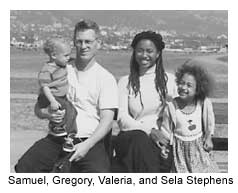 Laura Gardner: Most of your studies have focused on race relations, primarily between blacks and whites. How did you get interested in this field of study?
Laura Gardner: Most of your studies have focused on race relations, primarily between blacks and whites. How did you get interested in this field of study?
Gregory Stephens: Sports, music, I think the way most people do… I was a journalist for the Austin American Statesman, so I was writing mainly about black and Latino forms of music. Sometimes my audience would say, “Well, who the hell are you to criticize our culture?” That set me down the path I guess I’m still on, in terms of why do I feel it is partly our culture too? So, that led to this book to figure out, was I really na‘ve? Or was there a history of this inter-ethnic, interracial interaction in America? The short answer is that the idea that there’s a separate black and white culture in this country is really a racial mythology. If you go and study the history, it’s always created through what Ellison called “antagonistic cooperation.” Whether you focus on the antagonism or the cooperation, the end result is always co-creation…
LG: As a white man, you must encounter attacks/criticisms from both whites and blacks for your studies.
GS: Well, to me, white is the color of a piece of paper. I grew up in a lower-middle class environment, so it’s hard for me to figure out what people mean sometimes when they say “white.” When I look in the mirror, I see a father of two biracial children with whom I speak Spanish. I’ve been involved my whole life in the creation of cultural forms that are deeply influenced by Latin Americans and by people of African descent. So, if people want to call themselves “black” or “white,” then that’s fine, but those are socially created categories…
But there’s always conflict. I visited the University of North Carolina where I gave two speeches to large, predominantly black, Afro-American Studies classes. I did my presentation on Frederick Douglass…
Douglass, of course, fought against slavery, he advised Lincoln, he later became a diplomat in the Caribbean. Late in life he married a white womanÛa feminist, for his second wife. He became this national icon. In 1886, this painter comes [to do his portrait] and says, “Show me your full face, for that is Ethiopian.” Douglass says, “Well take my side face, for that is Caucasian, though should you try my quarter face, you would find it Indian. I don’t know that any race can claim me, but being identified with slaves as I am, I think I know the meaning of the inquiry.” So, he has a public role, a public facade as the defender of rights for black people. His private concept is that he’s multi-ethnic and his community is multi-ethnic… So what he defined himself against was “racialism,” which he called “diseased imagination.” Douglass believed that the problems of racism can’t be solved with the language of race. You inherit your phenotype, which is blue eyes, kinky hair, thick lips… but you don’t inherit your culture. Race is socially constructed.
When I reached the end of my presentation for these students, where Douglass is expanding his critique of racialism to include other black people, a young dreadlocked woman raised her hand and quoted some of Sister Souljah’s lyrics that go like this: “If your great-great grandfather raped my great-great grandmother, and your great grandfather robbed my great grandfather,” and it goes through the generations up through today, “then how in the world do you expect me to trust you?”
This is her way of attacking the credibility of Douglass, and also my credibility; so that’s supposed to end the conversation right there, if you don’t really know your history. But if you really know your history then there’s an answer to that. What I told this woman is that she’s engaged in racial mythology there… Both [Marley and Douglass] had audiences that were predominantly of European descent. What does that tell us about their movement and about the meaning of freedom that they’re articulating through their speeches or through their songs? …For Douglass it meant that his audience was the 90% of Euro-Americans who did not own slaves. You see the racial mythology?
In the old history, you had “happy” slaves and benevolent slave-owners. And then now people go to the extreme where we’re trying to correct stuff where it’s like every white man had a whip and every black woman was raped. Well, the reality is somewhere in the middle. So, that’s part of what I do, just try to talk about history… 90% of people of European descent in this country did not own slaves… Some of [those 90%] supported slavery, some of them were actively against it, but a lot of them were on the fence somewhere… So the reality is a lot more complex than the racial mythology, which will put all people of one color into the “good” box and people of the other color into the “bad” box. And if we just reversed the categories from what they used to be, I don’t think that’s progress.
LG: But people might argue that the history has been predominantly written by people of European descent.
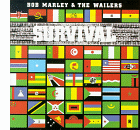 GS: If you look at the cover of Marley’s “Survival” album, what do you see?
GS: If you look at the cover of Marley’s “Survival” album, what do you see?
LG: The slave ships.
GS: Yes. Do you know the history of what that album was originally called? It was called “Black Survival” and for marketing considerations they changed it to “Survival,” which Marley okayed. But if you look at the cover, you have African flags and African slave ships. [The image] comes from abolitionist literature, which is put out mainly by British people… So, in other words, people of European descent wrote part of this history. What was the result of that? One of the results is that when you listen to Bob Marley’s music and look at the artwork, he’s talking about a history that has been created by a mixed group of people. And the idea that slavery was wrong, was against the laws of equal rights, was against the Bible, has been put forth by people of many backgrounds.
Laura Gardner: You make some very controversial statements about Marcus Garvey, who was the leader of the United Negro Improvement Association, and also an icon of the Rastafari movement. You write, “Garvey popularized a race pride that was xenophobic, anti-Semitic and dismissive of the lessons of history, other than a need for self-mythologization.” Can you expand on this thought?
Gregory Stephens: I have a mixed message about Garvey’s legacy. On one level, I think that Garvey has played an enormously important role in getting people of the African Diaspora to reorient themselves and take pride in their own heritage. If you think about where Rastafarianism comes from, check this out: Malcolm X used to say to people, “If somebody gives you a God that doesn’t look like you, you give that God right back to them.” People of African descent were being shown pictures of this blond-haired, blue-eyed Jesus on the wall that didn’t speak to them. So, Garvey came along and understood that [people of African descent] needed to understand that they were God’s children. So they came to understand this through the spectacles of Ethiopia… And they imagined this Emperor, Haile Selassie of Ethiopia, as their face of God.
But Garvey has got a lot of problems too. Garvey is deeply anti-Semitic and says some really ugly things about Jewish people and that’s a problem that you will find in much, but not all, of Black Nationalism… He [also] has some really nasty things to say about race mixing… He basically advocates ex-communication if a black person marries a white person, then he advocates a rumor campaign to chase them out of the black community.
Garvey’s cultural orientation is also problematic. He is supposedly re-imagining blackness as a point of pride. Yet he’s dressing himself up in the clothes of British imperialism… If you were to go to Garvey’s lectures in the 1920’s, you’d hear classical music. If you read his columns in the paper, you would find him dismissing jazz music as “barbaric.” …Although he’s supposedly a prophet of black pride, his attitudes were actually very Euro-centric. So I think that we need to learn from the mistakes of history rather than repeat them and there’s both with Garvey.
LG: Marley once sang, “We build your penitentiaries, we build your schools, brainwash education to make us the fool. Your reward for our love is telling us of your God above.” One would think that with this dismissive attitude about Christianity, Marley would disassociate himself completely from western Judeo-Christian beliefs, but he embraces Rastafari, which has deep roots in the Bible. What do you make of this?
GS: The Bible is one of those documents that everybody uses in a different way. There’s so much there that you can read anything you want into it… I think that Marley is an example of a long tradition that looked at the Bible and found lots of support for the notion that the Bible supported black people as equal partners, or even as a new kind of chosen people… I think that Marley and the Rastas were extremely critical of a certain segment of Christianity, which had people putting aside the concerns of this world (i.e. food, clothing and freedom) and thinking about some God above in the sky… At the same time they are firmly committed to many concepts in the Bible… It’s amazing with Bob; when you start looking at his lyrics, it’s half-Bible. So you find Bob saying, “I don’t come to fight flesh and blood, but spiritual wickedness in high and low places.” That comes from Paul. That explains the kind of warfare that Bob and the Rastas were involved in.
He’s engaging in a critique of the whole system – the Babylon system… People would ask Bob, “Is that like a black and white thing?” And he always said no. It’s not about that. It’s about a system of oppression. So when you find Bob quoting these kind of lyrics, you see him engaging in a critique of that system, which includes Christianity, and capitalism as we know it…
There are a whole lot of parallels between Rastas and the Jewish Diaspora. The Jews were taken out of Jerusalem and taken to Babylon.
There on the banks of the Babylon River, they sat down and wept. Remember that tune? They sat down and wept when they remembered Zion. Well, they had to start thinking: is this is a God of the Jews, or is it a God of all people? And in the Old Testament you’ll find a lot of references to the fact that they had re-imagined God as building a house of prayer for all people. The Rastas are going through a really similar process. Just like the Jews at first imagined a Jewish God, the Rastas at first imagined a black God… But Bob is taking this message to this international audience which is Asian, Latin American, European, African and they’re all responding to his use of metaphors such as Exodus in many different ways. In the end they come to understand that although they re-imagined God/Jah through the spectacles of Ethiopia, he’s really a God of all people.
LG: As a parent and educator, how do you think race relations should be taught and synthesized?
 GS: That’s a big question! I face that question with my own children every day. I discuss this in my book- I am trying to teach my own children about the legacy of slavery. How do you teach that history without dividing the world into black and white? Nowadays when people talk about how to deal with race, they get hung up on the notion that if we have some sense of common ground, we are going to erase our cultural difference.
GS: That’s a big question! I face that question with my own children every day. I discuss this in my book- I am trying to teach my own children about the legacy of slavery. How do you teach that history without dividing the world into black and white? Nowadays when people talk about how to deal with race, they get hung up on the notion that if we have some sense of common ground, we are going to erase our cultural difference.
LG: Do you believe that?
GS: No, I don’t… Check the lyrics of the song, “Is there a place for the hopeless sinner who has hurt all mankind just to save his own?” The answer’s in the chorus: “One Heart,” (i.e., “One Blood”)… Marley’s saying, the only way you can find a community in which commonality and difference can co-exist is if you have a moral philosophy that goes beyond race. I think that that’s the lasting legacy of Marley’s music and that it doesn’t mean erasing one’s cultural heritage. I think that in the long range we have to recognize that race is a fiction… So I believe that we need to teach our children to affirm their cultural heritage but to also understand that when we get involved in racial categories, we isolate ourselves from other people. So we need to develop forms of identity and community in which commonality and difference can co-exist. That requires a language that goes beyond race, and talks about culture.
That’s what Bob means when he says, “Don’t talk to me about black and white. We fly a color which is red, gold and green.” That’s what Rasta is about. He’s saying, yes, I’m African, but I’m also a Rasta. And what is Rasta about? And as I understand the tradition, it’s about three things: It’s about moving beyond a white-supremacist philosophy, which means you can’t just be talking about black supremacism either. The second thing is living a sustainable lifestyleÛvegetarianism and livity. That applies to everybody. If we export all the cars we’re driving over to China, we are going to pave the planet. That is not a lifestyle that can be sustained… The third thing is I’n’I consciousness. God within. That means that we share a community with all the people that understand that. So the Rasta sense of community really goes beyond race.
LG: If readers are interested in race relations where can they go for more information?
GS: It depends on what aspect of race relations they want to explore. If you wanted to learn about the Rastas, I would recommend a Jamaican anthropologist named Barry Chevannes. He has a book called “Rastafari: Roots and Ideology” and he goes down and interviews the Bobos, who are more on the black supremacist tip. But then he also interviews people that are coming out of the Twelve Tribes of Israel branch, so you get a sense of the multi-centeredness of Rasta. Rasta is not a movement that has one center. It has got a lot of different branches.
LG: Just like Christianity, or Judaism or Buddhism…
GS: Exactly…or so-called “white” people or so-called “black” people…
LG: Thank you so much for being here and reasoning with me. I enjoyed the book – you write very accessibly.
GS: Thank you. Showers of blessings on the entire Bay Area massive! Jah blessings.
